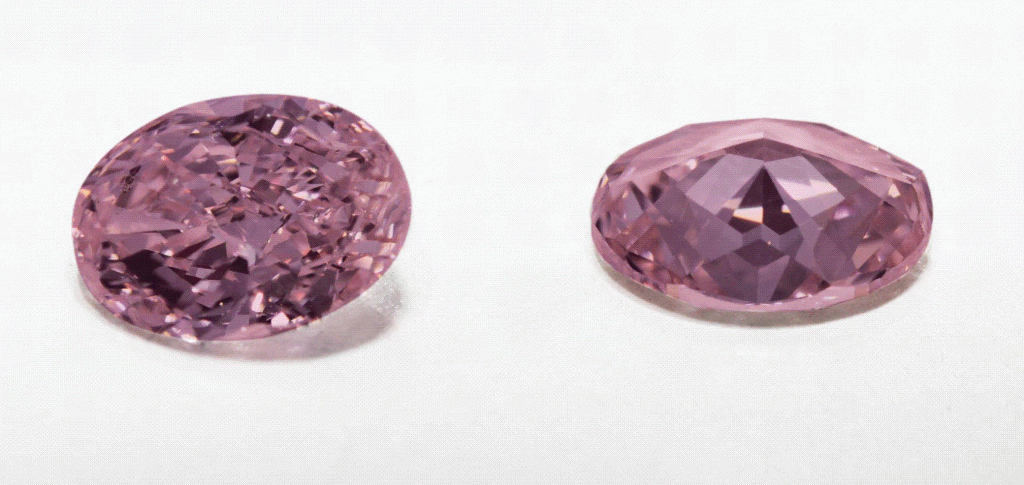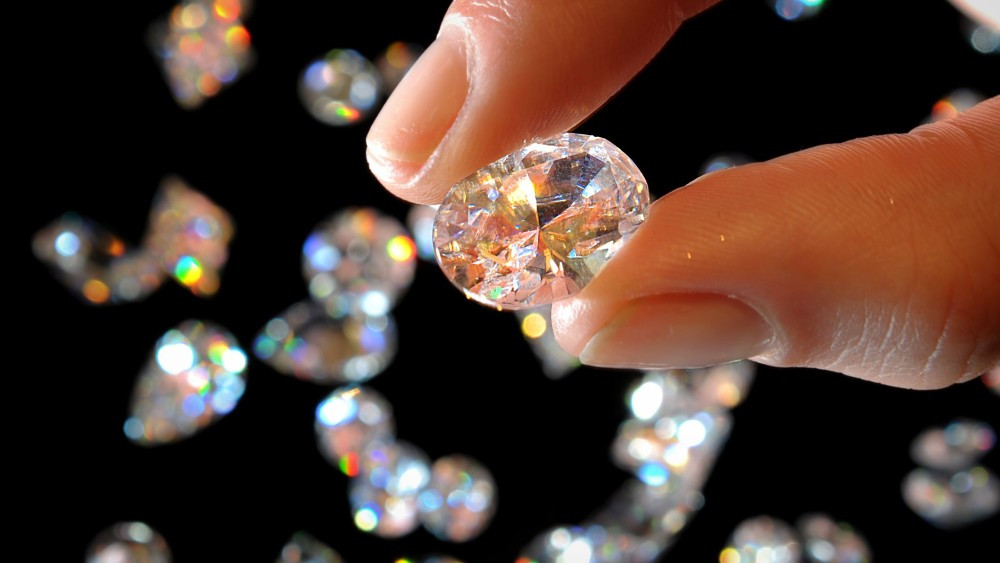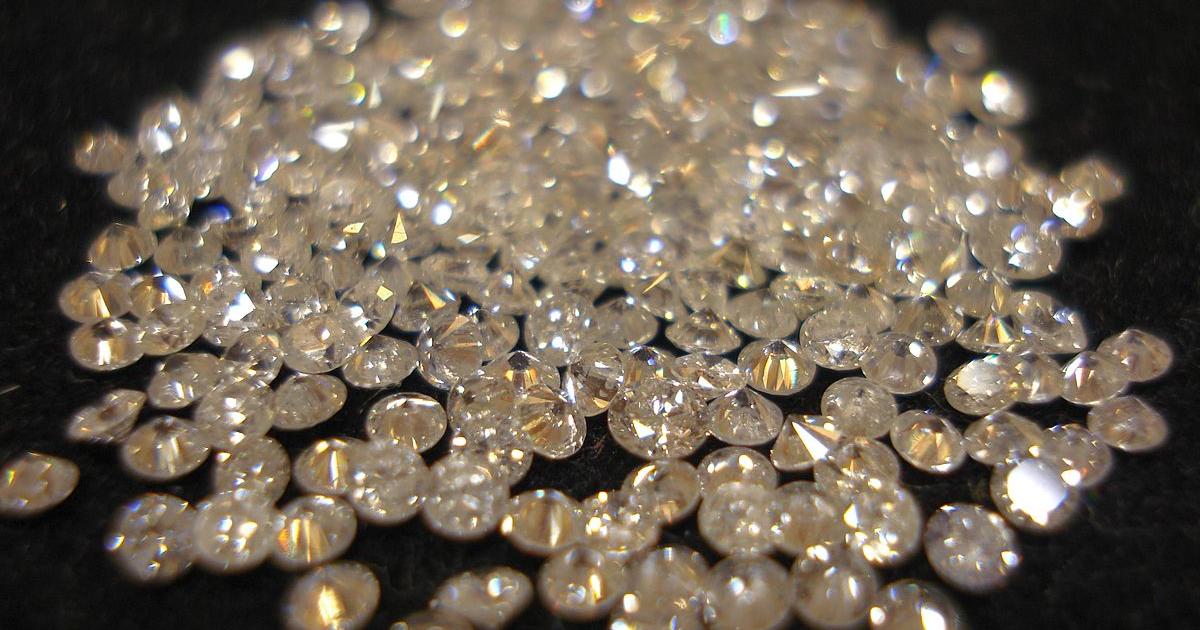Investing in diamonds has long been seen as a symbol of wealth and luxury. Traditionally, natural diamonds were the go-to choice for investors, but in recent years, lab grown diamonds have emerged as a viable alternative.
If you’re interested in investing in lab grown diamonds, this article will provide you with all the information you need to get started.
The Basics of Lab Grown Diamonds
Lab grown diamonds, also known as synthetic or cultured diamonds, are man-made gems created in a laboratory. Through advanced technology, these diamonds replicate the same physical and chemical properties as natural diamonds, making them indistinguishable to the naked eye.
There are two primary methods used to create lab grown diamonds: High Pressure-High Temperature (HPHT) and Chemical Vapor Deposition (CVD). HPHT involves subjecting a small diamond seed to intense pressure and high temperatures, while CVD involves introducing carbon-rich gases into a chamber where they bond together to create a diamond.
While lab grown diamonds closely resemble natural diamonds, there are notable differences. Natural diamonds form over millions of years beneath the earth’s surface, while lab grown diamonds can be produced within weeks or months in controlled environments.
Additionally, lab grown diamonds often have fewer imperfections due to the controlled conditions of their creation.
Lab grown diamonds offer an ethical and sustainable alternative to traditional diamond mining. They have minimal impact on ecosystems and eliminate concerns such as child labor or conflict financing. They also provide greater affordability without compromising on quality.
In summary, lab grown diamonds have revolutionized the diamond industry by offering identical beauty and value as natural diamonds with ethical considerations and affordability in mind.
The Cost of Lab Grown Diamonds
Lab grown diamonds are priced based on factors such as size, quality, color, and the manufacturing process used. Typically, lab grown diamonds are priced at a discount of around 20-30% compared to natural diamonds, making them a more affordable option for investors.
Factors like larger size, higher quality, and fancy colors can increase the cost of lab grown diamonds. However, their controlled growth environment and efficient manufacturing processes contribute to their overall affordability in the diamond market.
Grading Lab Grown Diamonds
Lab grown diamonds are graded using the Four Cs: cut, clarity, color, and carat weight. The cut refers to how well a diamond is proportioned and shaped for maximum brilliance. Clarity measures any flaws present in the diamond. Color is graded on a scale from D (colorless) to Z (light yellow or brown). Carat weight indicates the size of the diamond.
These grading factors significantly impact a lab grown diamond’s value. Diamonds with excellent cut, high clarity and color grades are more valuable. Additionally, larger carat weights also contribute to higher values.
Understanding these grading factors allows buyers to make informed decisions when investing in lab grown diamonds. By evaluating the Four Cs, individuals can assess a diamond’s worth and quality before making a purchase or investment decision.
Buying Lab Grown Diamonds Online
When purchasing lab grown diamonds online, it’s essential to research reputable retailers who specialize in these gems. Look for customer reviews and ratings to gauge credibility. Check for certifications from reputable diamond grading laboratories like GIA or IGI, and affiliations with industry organizations.
Seek recommendations from experts or trusted sources who have experience buying lab grown diamonds.
By following these steps, you can make an informed decision when buying lab grown diamonds online.
Selling Lab Grown Diamonds
To sell lab grown diamonds for maximum profit, monitor market trends and demand. Stay informed about shifts in the diamond industry that impact prices. Consult with industry experts or professionals, such as gemologists or experienced traders, for valuable advice.
Choose the most suitable selling platform: auctions (e.g., Sotheby’s), online platforms (e.g., eBay), or direct sales to jewelers or wholesalers. Compare fees and commissions to optimize your return on investment.
By staying informed, seeking expert advice, and choosing the right platform, you can increase your chances of achieving maximum profit when selling lab grown diamonds.
Storing and Insuring Your Lab Grown Diamonds
Properly storing and insuring your lab grown diamonds is essential to protect your investment. Consider options like safe deposit boxes or home safes for secure storage. Handle your diamonds with care, avoiding extreme temperatures and chemicals. Regular professional cleaning and inspection are also recommended.
Obtaining insurance coverage is crucial to safeguard against theft, loss, or damage. Explore jewelry insurance options, ensuring the provider specializes in lab grown diamonds. Their expertise will ensure tailored coverage that adequately protects your investment.
By following these steps, you can ensure the long-term security of your lab grown diamond investments while enjoying their beauty and value.
Tax Considerations for Lab Grown Diamond Investments
Investing in lab grown diamonds can be a lucrative venture, but it’s important to consider the tax implications that may arise from such investments. Understanding these tax considerations is crucial to ensure compliance with relevant regulations and to make informed financial decisions.
One significant aspect to be aware of is the potential capital gains tax on profits earned from selling lab grown diamonds. Depending on your jurisdiction, you may be required to pay capital gains tax on any returns generated through the sale of lab grown diamonds.
It is essential to familiarize yourself with the specific rules and rates governing capital gains tax in your region to accurately calculate and report your taxable income.
Additionally, when investing in lab grown diamonds, it is vital to understand any reporting requirements related to your diamond investments. Tax authorities often mandate that certain investments, including those involving valuable assets like diamonds, must be reported for taxation purposes.
By complying with these reporting obligations, you can avoid penalties or legal complications down the line.
Given the complexities surrounding taxation and investments in lab grown diamonds, it is highly recommended that you seek professional advice from a qualified tax advisor or accountant.
A knowledgeable tax professional can provide personalized guidance based on your individual circumstances and help you navigate the intricacies of tax laws effectively.
The Future of Lab Grown Diamond Investments
Investing in lab grown diamonds offers an exciting opportunity for those interested in the diamond market. These diamonds, created in a lab, are affordable and of the same quality as natural diamonds. With their potential for growth and profitability, lab grown diamonds are becoming increasingly popular.
One advantage of lab grown diamonds is their affordability. Priced at a fraction of natural diamonds, they allow investors to enter the market with lower capital requirements while still enjoying significant returns.
Lab grown diamonds also hold great potential for growth. As consumer awareness increases, demand for these stones is expected to rise, leading to price appreciation over time.
To succeed in lab grown diamond investments, understand grading and cost comparisons. Research reputable sellers when purchasing online and know when and where to sell to maximize returns. Properly store and insure your investment for protection.
Stay informed about tax considerations and consult with a professional for personalized advice. Embrace the future of investing in lab grown diamonds for financial prosperity in this thriving industry.
[lyte id=’CamKXuF7mug’]







